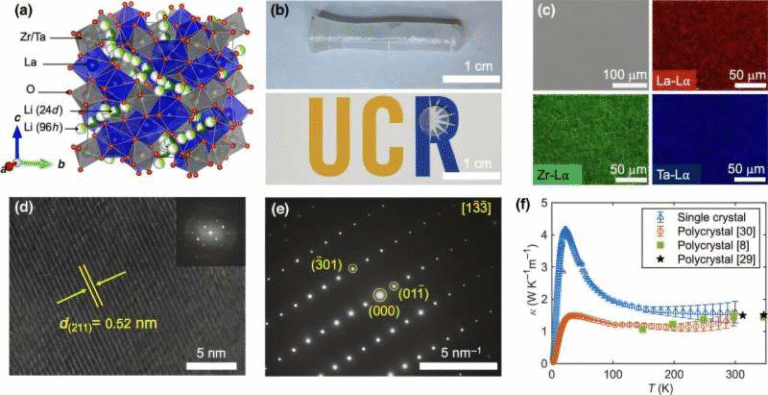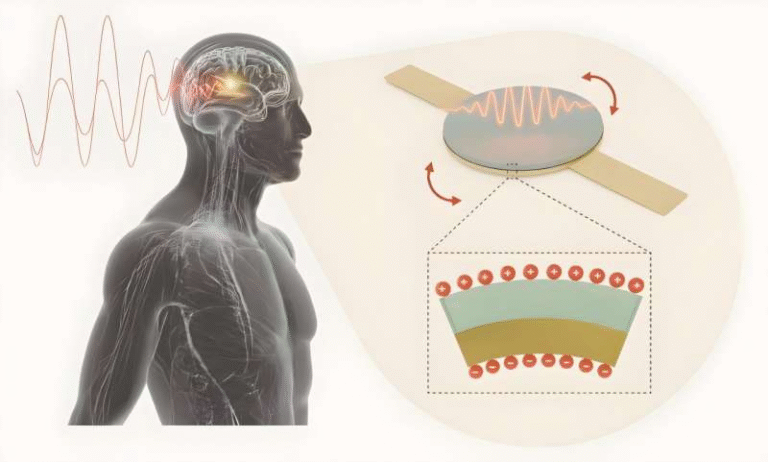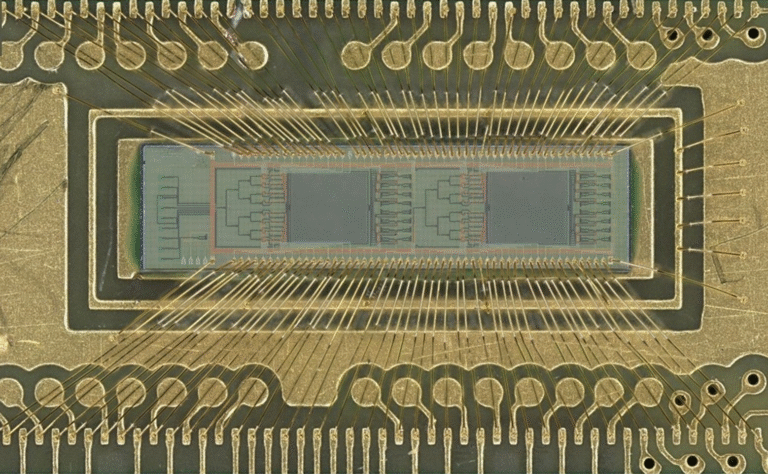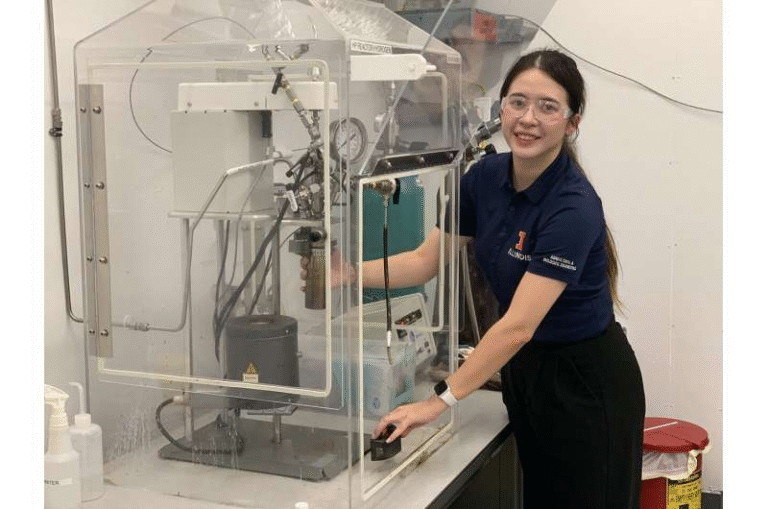A Scalable New FlexLink Architecture Promises Faster and More Reliable 6G Wireless Connectivity
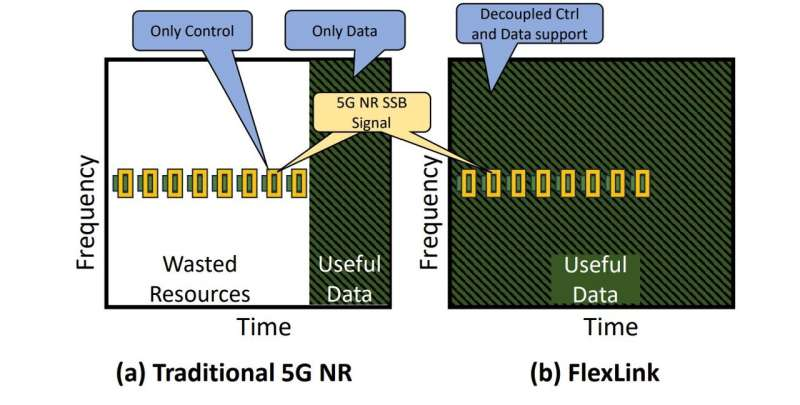
Researchers from the University of California San Diego (UC San Diego) and Rensselaer Polytechnic Institute (RPI) have introduced a new wideband wireless technology called FlexLink, designed to make future 5G and 6G networks significantly faster, more reliable, and far more efficient. Their work focuses on a persistent bottleneck in modern wireless systems — the way control signals and data signals are tied together — and they’ve developed a hardware-verified method to separate them for better performance. The result is a system that can potentially support up to 10 times more devices, reduce latency, and nearly double spectrum efficiency compared with conventional designs.
The technique was presented at ACM MobiHoc 2025 in Houston and documented in a peer-reviewed research paper. It also includes a functioning hardware prototype, showing that the concept is not just theoretical but feasible in real-world systems.
Below is a clear breakdown of what this technology does, why it matters, and how it could influence the wireless technologies powering everything from industrial IoT to autonomous vehicles.
What FlexLink Actually Changes in Wireless Systems
Existing 5G and 6G-oriented wireless networks rely on large antenna arrays that send narrow directional beams. These beams carry both control information (such as device discovery, beam direction, handovers, bandwidth allocation) and data information (actual content being transmitted). Because they are bundled into the same beam, control messages often have to wait for data traffic, leading to delays in link setup and multi-user scheduling.
FlexLink fixes this by using a new radio-front-end architecture called a delay-phased array. This design lets the system send multiple independent beams simultaneously — for example, a dedicated, strong control beam and separate data beams — all using the same wide frequency band. Think of it as splitting one large beam into multiple directional “pencil beams” that can be pointed wherever needed while still sharing the same channel.
The system works by manipulating both the phase and time delay of signals at each antenna element. This gives the hardware the ability to direct different parts of the frequency spectrum in different directions — something traditional phased arrays cannot do without major compromises.
This isn’t just an algorithm; it’s implemented in hardware. The team built a prototype with eight antenna elements operating across 4–7 GHz to prove the concept. The prototype demonstrated cleanly separated beams in different directions, each carrying different portions of the total bandwidth.
Why This Matters for 5G and 6G
The future of connectivity — especially applications like autonomous systems, remote robotics, AR/VR experiences, and industrial IoT — depends on networks that can serve huge numbers of devices at once with both high throughput and low latency.
Here’s why FlexLink is important:
- It can support many more simultaneous devices because control traffic is no longer congested by data.
- It improves latency, especially during link setup and handovers.
- It increases spectrum efficiency, with the research showing nearly 2× improvement.
- It eliminates bandwidth waste caused by forcing wideband control signals into narrow, highly directional data beams.
- It is simple enough to compute in real time thanks to a closed-form mathematical solution, avoiding heavy optimization algorithms.
Importantly, the team says companies are already showing interest — a strong sign that this could influence upcoming 6G standards.
Potential Applications of This Technology
The effects of this innovation spread across many emerging technologies:
Industrial IoT
Factories and warehouses require massive numbers of sensors and devices operating reliably on the same spectrum. Supporting 10× more devices could transform high-density manufacturing environments.
Autonomous Vehicles
Cars, drones, and robots require ultra-low latency control channels. A dedicated control beam dramatically improves reliability during mobility.
Virtual and Augmented Reality
High-bandwidth data beams combined with independent low-latency control beams help avoid motion lag and connection drops.
Satellite Communications
Satellites often suffer from spectrum inefficiency. FlexLink’s ability to reduce bandwidth waste makes it suitable for space-limited systems with tight power budgets.
Smart Cities
Dense populations of devices can overwhelm traditional networks. FlexLink’s scalable approach helps accommodate these environments with less interference.
How Delay-Phased Arrays Work
Since FlexLink is based on a hardware concept, understanding the delay-phased array is important.
A phased array uses phase shifters at antenna elements to steer a beam in one direction. However, for wideband systems — especially in the 6G era — phase-only steering leads to beam squint, where different frequencies point in different directions.
A delay-phased array adds true-time-delay components, correcting for this and enabling frequency-dependent beamforming. In other words:
- Traditional phased arrays:
One beam direction for the entire wideband channel. - FlexLink delay-phased arrays:
Multiple frequency-dependent beams from the same hardware, each with independent direction and function.
This is why FlexLink can place control in one direction and data in others.
Additional Perspectives: Why Wideband Beamforming Matters
Since the article should also help readers understand the broader context, here are some key insights into wideband beamforming and 6G challenges.
Wider Bandwidths Mean More Data
5G already uses bands like 28 GHz and 39 GHz, offering chunks of spectrum up to 400 MHz or more. 6G is expected to tap even higher frequencies (100 GHz and above), where large bandwidths become standard.
However, using these wide bands with directional antennas creates significant signal-processing challenges. FlexLink’s frequency-dependent beam steering is the type of solution researchers have been looking for to fully utilize these bands.
The Control Bottleneck Is Real
In today’s real networks, control traffic often accounts for only a small fraction of total bandwidth (sometimes below 10%), but it must be delivered reliably and broadly. Traditional beamforming forces this control traffic into a tight directional beam, making it hard to reach new or unpredictable users.
Hardware Efficiency Is Critical
Future base stations must handle:
- high frequencies
- wide bands
- many antennas
- low power budgets
A system based on simple, closed-form equations is far easier to scale than computationally heavy solutions.
FlexLink’s combination of hardware practicality, mathematical simplicity, and network-level benefit makes it particularly promising.
How This Could Influence 6G Standards
Work on 6G standardization is already underway globally, and techniques like FlexLink could play a major role. Standards bodies look for:
- scalable designs
- hardware-validated prototypes
- improvements in spectral efficiency
- solutions compatible with existing infrastructure
FlexLink checks all these boxes. If adopted, it could change how future radios are built, from consumer devices to satellites.
Conclusion
The FlexLink architecture is a promising shift in how wireless systems handle control and data transmissions. By using delay-phased array technology to decouple beams, the system enables higher efficiency, reduced latency, and far better scalability — all critical requirements for the next generation of wireless communication.
With real hardware demonstrations and an elegant mathematical foundation, FlexLink stands out as one of the more practical and forward-thinking concepts emerging in the push toward 6G.
Research Paper:
FlexLink: Decoupling Control and Data Beams for Next-Generation Wideband Networks
https://dl.acm.org/doi/10.1145/3704413.3764470

